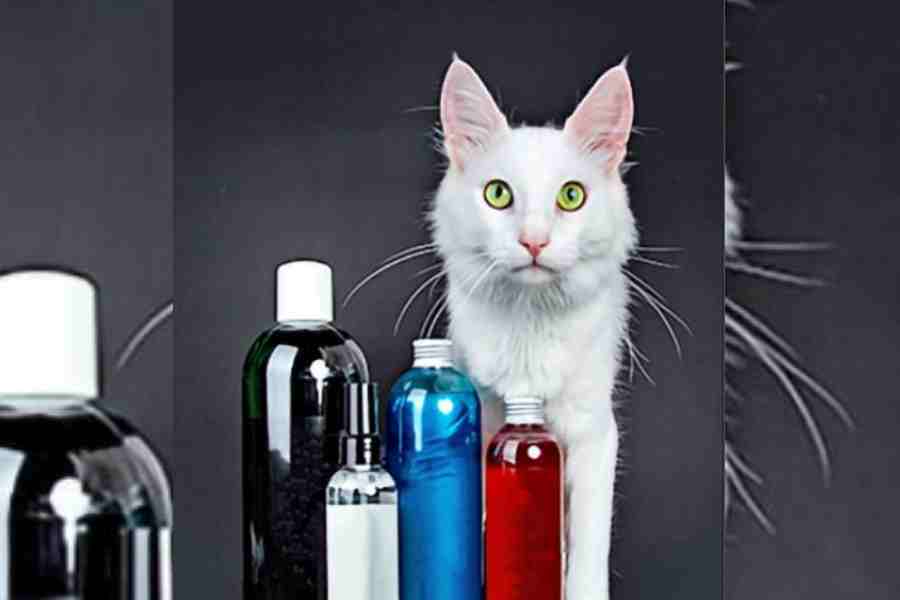Your pet’s carbon ‘pawprint’ is the total amount of greenhouse gas emissions resulting from its everyday actions. It is every pet owner’s responsibility to buy sustainable and ethically-produced pet products. This would not only lower their carbon pawprint but also promote optimum wellness. The lion’s share of this carbon pawprint comes from the food that pets eat. A meat-heavy diet, for instance, is responsible for more emissions. Dogs and cats, however, are carnivores and have nutritional requirements that mean a complete vegan diet could pose a threat to their well-being.
India’s pet food industry must, thus, prioritise introducing diets that are not only accepted by pet owners but also nutritionally well-balanced and appetising. An important step for this lies in promoting more sustainable pet food made from alternative protein sources. Treats made from sustainable ingredients like cricket protein, for instance, are a good alternative. After all, unlike red meat — an essential ingredient in most treats — cricket protein generates no methane whatsoever.
Pet shampoos and other personal care products are often laced with harsh chemicals such as triclosan, petrochemicals and formaldehyde. These chemicals not only affect the health and safety of pets by acting as skin irritants but are also corrosive to the natural environment as they pollute waterways. Organic or natural grooming products are recommended instead. This is something both pet owners and grooming parlours should keep in mind.
Further, disinfectants derived from coal products such as chloroxylenols are commonly used to sanitise the living quarters of pets. Generally used in homes, grooming parlours and other such spaces, chloroxylenols are highly toxic to aquatic biodiversity. One should opt for disinfecting and cleaning agents like accelerated hydrogen peroxide, which is pet-safe, non-toxic, and leaves no residues.
While kibble, food and water bowls, leashes, litter boxes, and poop bags account for a pet’s necessities, it is essential that these requirements are met using eco-friendly alternatives. The basic idea is to avoid buying pet essentials with excessive packaging that will eventually make its way to a landfill. Eco-friendly pet products, on the other hand, are non-toxic, require less water for manufacturing, and come with biodegradable packaging.
The composting of pet waste — a considerable portion of a pet’s carbon pawprint comes from their faeces — is crucial for reducing emissions too. While dog faecal matter is directly disposed, cat faeces usually require litter. It is important that planet-friendly options such as grounded or crushed walnuts, wheat and wood litter are used in cat litter boxes instead of bentonite. This is because bentonite is extracted via environmentally destructive mining and processing. As a result, its production generates heavy GHG emissions.
The global pet care industry is fast-growing, especially since the Covid-19 pandemic wherein most people began working from home and adopted pets. The decarbonisation of this industry is thus essential. The most effective way to do this is to change the buying habits of pet owners. To be precise, the primary solution rests in the socially conscious consumption of high-quality, eco-friendly products.

